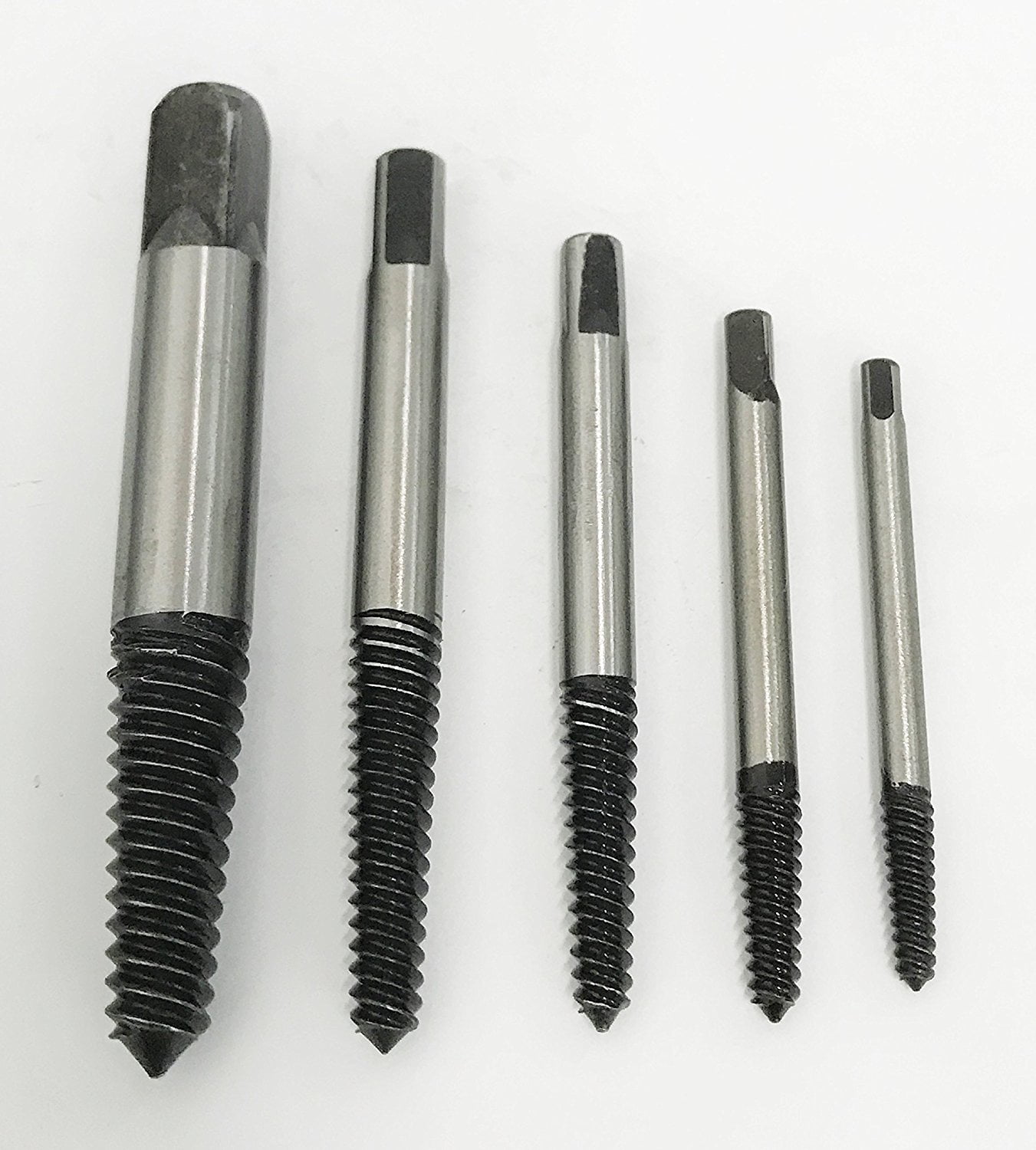

Broken screw extractor for small openings how to#
And then you’re left wondering how to remove that stripped screw or bolt. You may behead a bolt so violently in trying to remove the thing, you may go flying too. Or for that matter, it can seem like before you can even get up some momentum, disaster strikes when the first screw or bolt strips. The closer you get to completing a project, the more likely you will be to run into one. With thanks to:Michael Harpur, Yacht Obsession.Few things will try your patience the way a stripped screw or bolt can. Thus, if the fastener breaks, a punch can be used to drive out the bolt extractor out from the screw, via the back, or end, of the fastener. One way to avoid the risk of this added difficulty is to drill a hole completely through the seized screw. Since the extractor is an extremely hard material you will not be able to drill into it so a larger element of difficulty is added to the original screw extraction project. Even worse being made of hard, brittle steel, they can break off inside the screw that is being removed if too much torque is applied. This wedging action can lock the screw even more tightly in place, making it difficult or impossible to extract. A drawback to tapered screw extractors is that their wedge action tends to expand the drilled, and thus weakened, screw. Screw extractors are not without their own problems.

The stub remover should dig in tight and un-turn the bolt. 6/ Turn anti-clockwise with an adjustable wrench.5/ Hammer the appropriate sized stub remover into the hole until it is securely wedged.This should be a size or two smaller than the diameter of the bolt shaft. 4/ Follow this by drilling in the hole for the stub remover.3/ Create a starter-hole with a small drill bit.2/ Locate and mark the bolt's centre with a centre-punch and tap it.1/ File or grind the remaining head of the bolt until it is flat.The process of removing a sheared off bolt with a stub-remover is as follows: As always before any work is attempted on a seized screw or bolt use penetrating oil and heat if possible.

We are focusing on the latter extractor tool here, as pictured above. Where you drill a hole normally, and then extract with the screw extractor in a reverse direction so that it pulls the screw out. These are mostly used for screws that have had their heads stripped Self-drilling broken screw extractors that you simply use on the screw in a reverse direction and it will drill + extract. With threads like a drill bit running in the reverse direction, the screw extractor grabs a broken bolt and twists it out of its attachment point.įirst off and for clarity, there are two kinds of extractors: Because the bits are tapered a single bit may be hammered and screwed tightly into a range of holes. The tops of each bit have a square head to support turning with a flat or adjustable wrench. Success with these can vary but they are not an expensive tool and anything that avoids drilling out the broken off bolt and retapping is well worth trying.īolt extractors are small hardened bits with tapered left-hand threads. When a bolt has sheared off, and left nothing protruding for a stud extractor to grip upon, one approach is a screw or bolt extractor often also known as 'easy outs'.


 0 kommentar(er)
0 kommentar(er)
